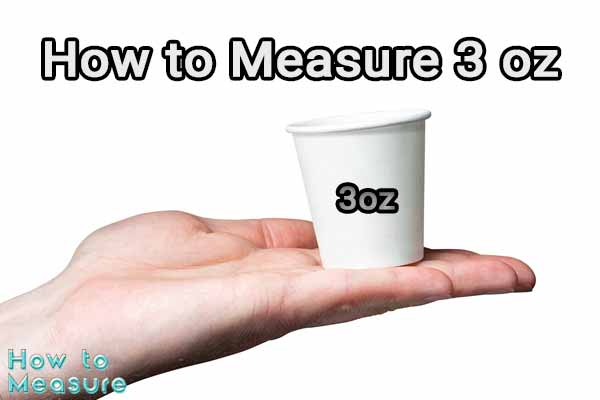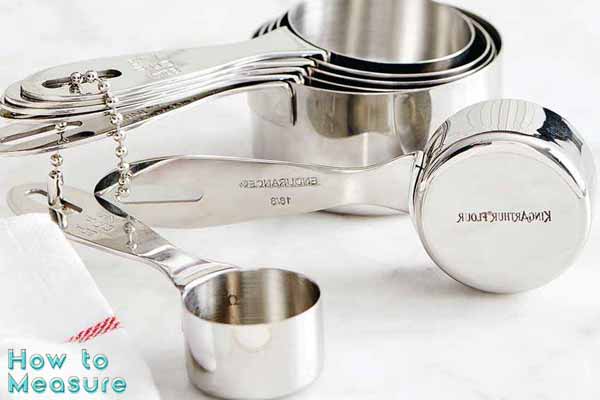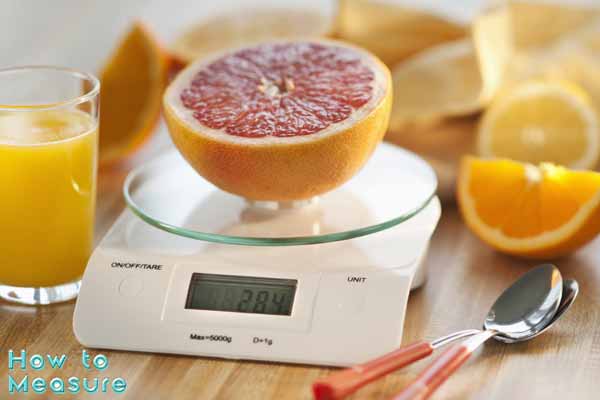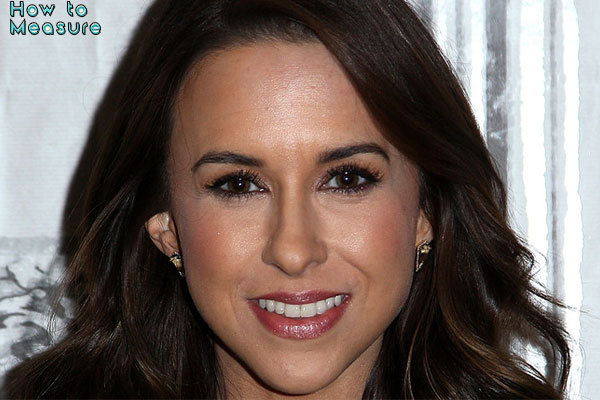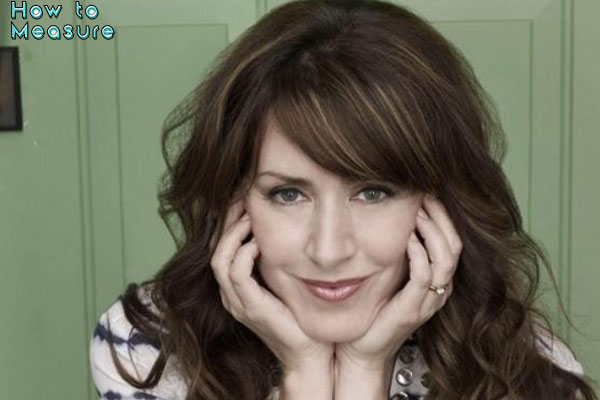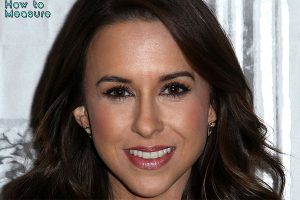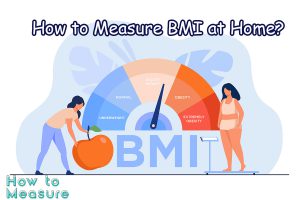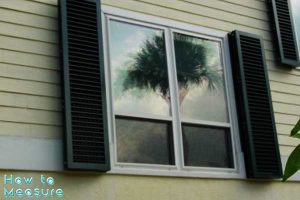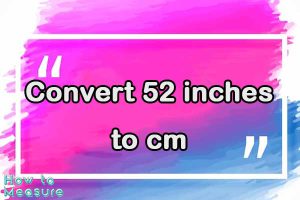Do you need to measure 3 ounces for a recipe or any other purpose? Knowing how to measure 3 oz accurately can be helpful in various situations, whether cooking, mixing drinks, or portioning ingredients. In this article on How to Measure, we will guide you through different methods and tools you can use to measure 3 oz with ease. So let’s dive in!
Accurately measuring ingredients is crucial in cooking and baking to achieve the desired results. While the metric system is widely used worldwide, the United States still primarily relies on the standard measurement system. In this system, ounces are a common unit of measurement. Measuring 3 oz precisely can be accomplished using various methods, which we will explore in this article.
Using Measuring Cups and Spoons to Measure 3 oz
One of the simplest ways to measure 3 oz is by measuring cups and spoons. Many kitchen sets come with measuring cups and spoons that include markings for both ounces and milliliters. To measure 3 oz using a measuring cup, fill it to the 3 oz mark. You can combine tablespoons and teaspoons to reach 3 oz using a measuring spoon set.
Why Use Measuring Cups and Spoons?
Measuring cups and spoons offer a standardized ingredient measurement system, ensuring recipe consistency. They come in various sizes, typically in sets, with each cup or spoon marked with specific measurements. These tools are particularly useful when measuring liquids, as they have a spout for easy pouring and clear markings for accurate readings.
Using Measuring Cups to Measure 3 oz
To measure 3 oz using measuring cups, follow these steps:
- Choose a measuring cup that has fluid-ounce markings on its side.
- Fill the cup with the ingredient you wish to measure, pouring it slowly to avoid spillage.
- Keep an eye on the fluid-ounce markings and stop pouring when the liquid reaches the 3 oz mark.
- Ensure the measurement is accurate by checking the liquid level against the marking at eye level.
Remember that measuring cups are primarily designed for measuring liquids. If you need to measure dry ingredients, such as flour or sugar, using a digital kitchen scale or referring to volume-to-weight conversion charts for precise measurements is best.
Using Measuring Spoons to Measure 3 oz
When measuring small quantities like 3 oz, measuring spoons can be handy. Follow these steps to measure 3 oz using measuring spoons:
- Take out a tablespoon from your measuring spoon set.
- Fill the tablespoon with the ingredient you want to measure, ensuring it is level and not overflowing.
- Repeat the process with additional tablespoons until you reach 3 oz.
- Be precise with your measurements, as a slight variation in the amount can affect the final result.
Measuring spoons are ideal for measuring liquid and dry ingredients in small quantities. They are especially useful when dealing with spices, flavorings, or other concentrated ingredients that require precise measurements to balance the flavors in your recipes.
Measuring 3 oz with Digital Kitchen Scale
When it comes to precise measurements in the kitchen, a digital kitchen scale is a reliable tool that can help you accurately measure ingredients. Whether you’re a professional chef or a home cook, knowing how to measure 3 oz using a digital kitchen scale can be incredibly useful. In this article, we will guide you through the steps to measure 3 oz with ease, ensuring your recipes turn out just right.
A digital kitchen scale is a handy tool for precise measurements in cooking and baking. To measure 3 oz with a digital kitchen scale, place a container or bowl on the scale and reset it to zero. Then, gradually add the ingredient until the scale displays a weight of 3 oz. This method provides accurate measurements and is especially useful when dealing with ingredients that have varying densities.
Why Use a Digital Kitchen Scale?
Using a digital kitchen scale offers several advantages when measuring ingredients. Here are a few reasons why it is beneficial:
- Accuracy: A digital kitchen scale provides precise measurements, especially for ingredients with varying densities.
- Versatility: It can measure liquid and dry ingredients, making it a versatile tool in the kitchen.
- Time-saving: With the tare function, you can easily reset the scale to zero, measuring multiple ingredients in a single container.
- Consistency: Accurate measurements contribute to consistent recipe results, ensuring you achieve the desired outcome every time.
Steps to Measure 3 oz with a Digital Kitchen Scale
Follow these steps to measure 3 oz using a digital kitchen scale:
- Place your digital kitchen scale on a stable surface and ensure it is clean and calibrated according to the manufacturer’s instructions.
- Turn on the scale and wait for it to display zero or “Tare” if it has a tare function.
- Choose a container or bowl to hold the ingredient you want to measure.
- Place the container on the scale and press the tare button to reset the scale to zero. This allows you to measure the ingredient without including the weight of the container.
- Slowly add the ingredient to the container until the scale displays a weight of 3 oz. Be cautious about adding only a little.
- Check the weight against the display to ensure accuracy. Adjust the amount if needed.
Tips for Using a Digital Kitchen Scale
Here are some helpful tips to consider when using a digital kitchen scale:
- Use a flat and even surface to ensure stability and accurate measurements.
- Avoid placing hot or liquid ingredients directly on the scale to prevent damage.
- If the ingredient you want to measure is too small to place directly on the scale, you can use a small bowl or another container to hold it.
- Clean the scale after each use to maintain its accuracy and longevity.
- Refer to the scale’s user manual for specific instructions on calibration and usage.
Fluid Ounce to Weight Conversion
Sometimes, you may come across a recipe that specifies an ingredient’s measurement in fluid ounces, but you need to measure it by weight. You can convert the fluid ounce measurement to weight using a conversion factor in such cases. The conversion factor varies depending on the ingredient, as different substances have different densities. It is recommended to refer to a reliable conversion chart or use an online conversion tool to determine the weight equivalent of 3 fluid ounces accurately.
Common Ingredients and Their 3 oz Equivalents
Here are some common ingredients and their approximate 3 oz equivalents:
- Butter: 6 tablespoons or 85 grams
- Sugar: 6 tablespoons or 85 grams
- Flour: 10 tablespoons or 85 grams
- Milk: 3 fluid ounces or 90 milliliters
- Water: 3 fluid ounces or 90 milliliters
- Oil: 6 tablespoons or 85 grams
Please note that these equivalents are approximate and may vary slightly depending on the ingredient’s density and moisture content. Always refer to a reliable measurement guide or recipe for precise measurements.
Measuring 3 oz without a Scale or Measuring Tools
While having precise measuring tools like scales and cups is ideal in the kitchen, there may be situations where you need these tools. Fear not! Measuring 3 oz without a scale or traditional measuring tools is still possible. In this article, we will explore alternative methods that can help you estimate and measure 3 oz accurately using common household items.
If you find yourself without a scale or measuring tools, you can still estimate 3 oz using common objects or visual cues. For example, 3 oz of meat is roughly the size of a deck of cards. Alternatively, a small apple or a tennis ball is approximately 3 oz in weight. While these methods may not provide exact measurements, they can serve as a useful reference when precise measurements are not critical.
The Displacement Method
The displacement method involves using a measuring container and water to estimate the volume of an ingredient. Here’s how you can measure 3 oz using this method:
- Take a liquid measuring cup or any other container with volume markings.
- Fill the container with water to a specific measurement, such as 1 cup.
- Carefully add the ingredient you want to measure, like oil or honey, to the water-filled container.
- Add the ingredient until the water level reaches a new measurement, such as 1.5 cups.
- The difference between the initial and final measurements represents the added ingredient volume. Adjust the amount until you reach approximately 3 oz.
Please note that this method works best for liquid ingredients or ingredients with similar densities to water. It may need to be more accurate for dry or dense ingredients.
Using Everyday Objects as References
You can also utilize common household items as references to estimate the volume of ingredients. Here’s how you can measure 3 oz using everyday objects:
- Find a small measuring cup or container, such as a shot glass or medicine cup.
- Fill the cup with the ingredient until it is level with the rim.
- Take note of how many of the ingredients you have added.
- Repeat the process until you reach the desired volume of approximately 3 oz.
- Adjust the amount as needed, considering the measurements you observed earlier.
While this method may not provide precise measurements, it can give you a rough estimation that is often sufficient for many recipes.
Estimating Portions with Hand Comparisons
Another technique to estimate 3 oz is by using hand comparisons. This method relies on the size and proportions of your hand to estimate the volume of an ingredient. Here’s how you can measure 3 oz using hand comparisons:
- Please familiarize yourself with the size and volume of your hand by comparing it to a known reference, such as a measuring cup.
- Pour the ingredient into your cupped hand and estimate the volume based on how it fills your hand.
- Repeat the process until you have a quantity similar to the estimated volume of 3 oz.
This method is subjective and may require some trial and error for accurate estimations. It works best for ingredients like grains, nuts, or small fruits.
Conclusion
Accurately measuring 3 oz is essential for achieving the desired results in your cooking and baking endeavors. Whether you use measuring cups, a digital kitchen scale, or rely on visual cues, having a reliable method to measure 3 oz will help you follow recipes and portion out ingredients accurately. Experiment with different techniques and find the best method for you and your needs in the kitchen.
In conclusion, knowing how to measure 3 oz accurately is essential for any aspiring cook or baker. Using measuring cups, a digital kitchen scale, or estimation techniques, you can confidently portion out ingredients and follow recipes precisely. Remember to adapt the methods according to your specific needs and always aim for accuracy in your culinary endeavors.
FAQs
Q1: Can I use a regular bathroom scale to measure 3 oz?
A1: Regular bathroom scales are designed for measuring body weight and may not provide accurate measurements for small quantities like 3 oz. It is recommended to use a digital kitchen scale for precise measurements.
Q2: Can I convert grams to ounces to measure 3 oz?
A2: You can convert grams to ounces to measure 3 oz. Approximately 3 oz is equivalent to 85 grams.
Q3: Is it necessary to measure 3 oz exactly, or can I estimate it?
A3: While precise measurements are ideal for certain recipes, estimating 3 oz can be sufficient in many cases, especially when the exact measurement is not critical.
Q4: Can I use a measuring cup for measuring 3 oz of liquid?
A4: Yes, a measuring cup with fluid-ounce markings can be used to measure 3 oz of liquid. Fill the measuring cup to the 3 oz mark for accurate measurements.
Q5: How can I measure 3 oz of ingredients with irregular shapes?
A5: When dealing with ingredients of irregular shapes, it is best to use a kitchen scale to measure their weight accurately. Place the ingredient on the scale and adjust until the weight reads 3 oz.
Q6: Can I use regular cups and spoons from my kitchen instead of measuring cups and spoons?
A1: While regular cups and spoons can provide
Q7: Can I measure liquid and dry ingredients with a digital kitchen scale?
A1: A digital kitchen scale can measure liquid and dry ingredients. Ensure the scale is clean and appropriate units (such as ounces or grams) are selected.
Q8: Can I directly measure ingredients in a bowl or container on the scale?
A2: You can place a bowl or container on the scale and use the tare function to zero out the weight. This allows you to measure the ingredient accurately without including the weight of the container.

